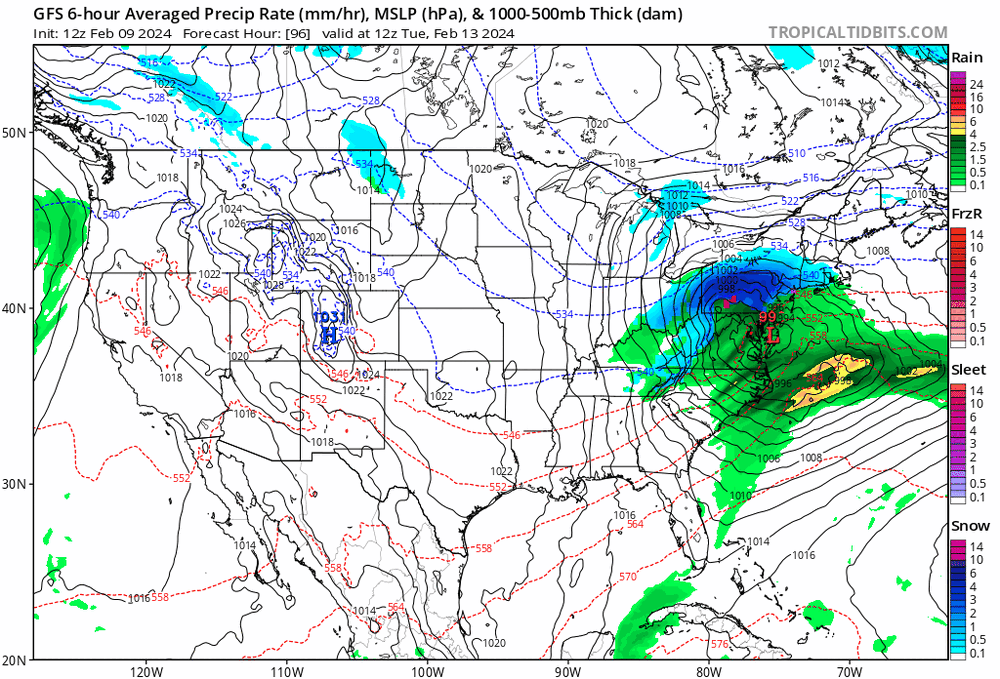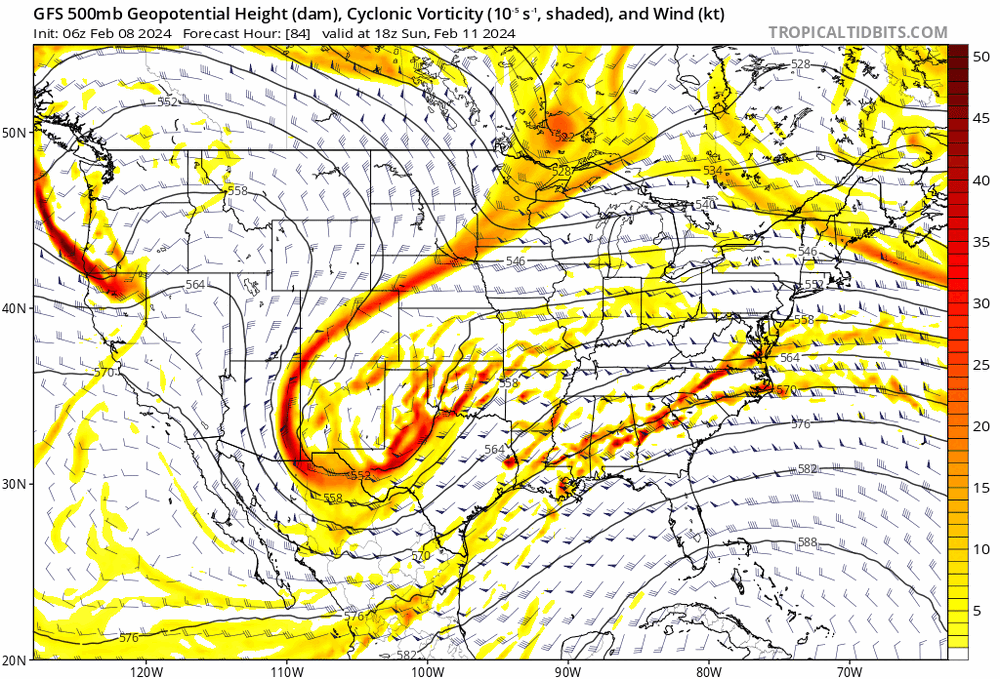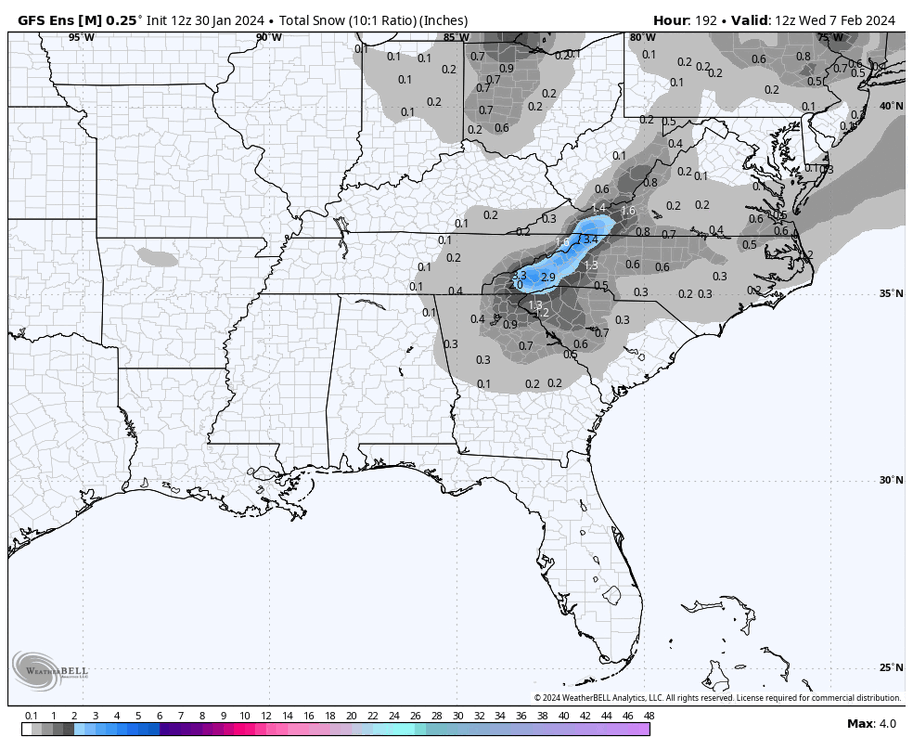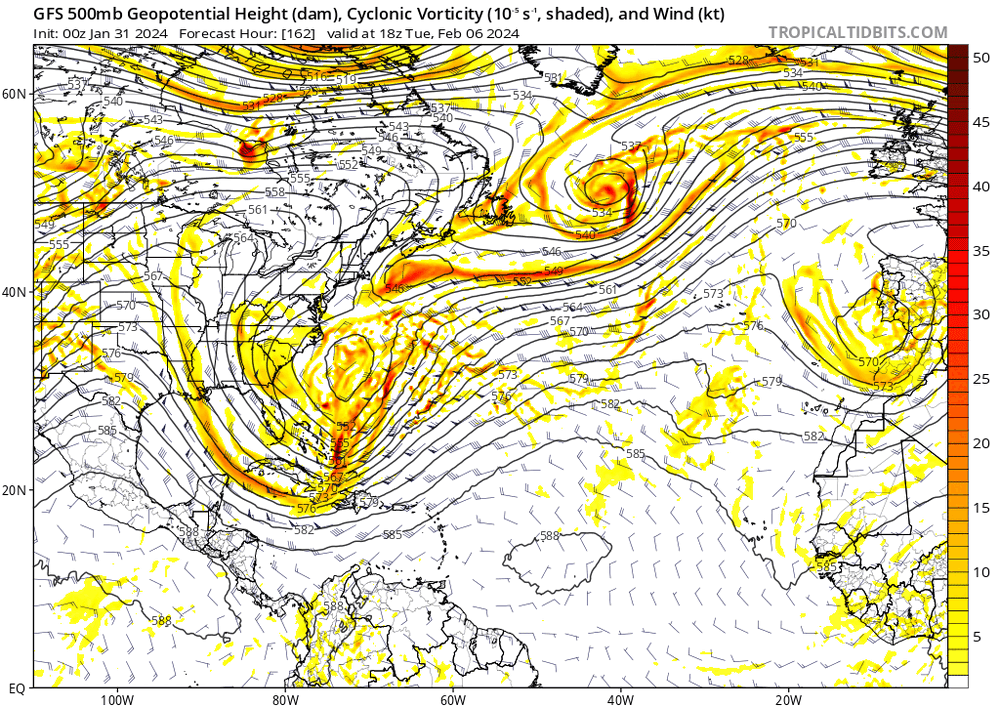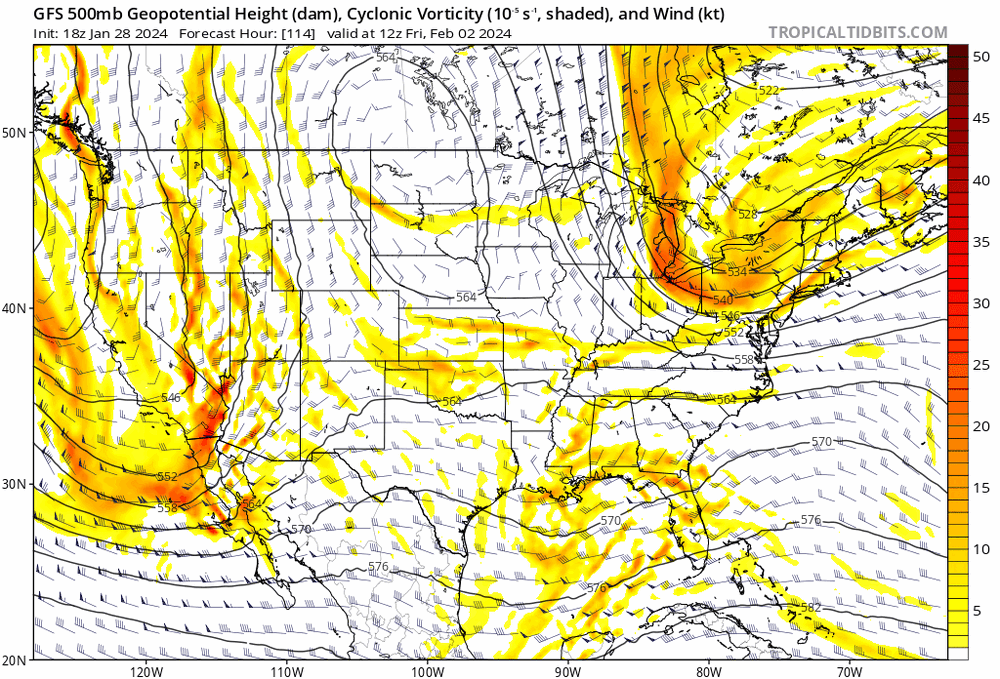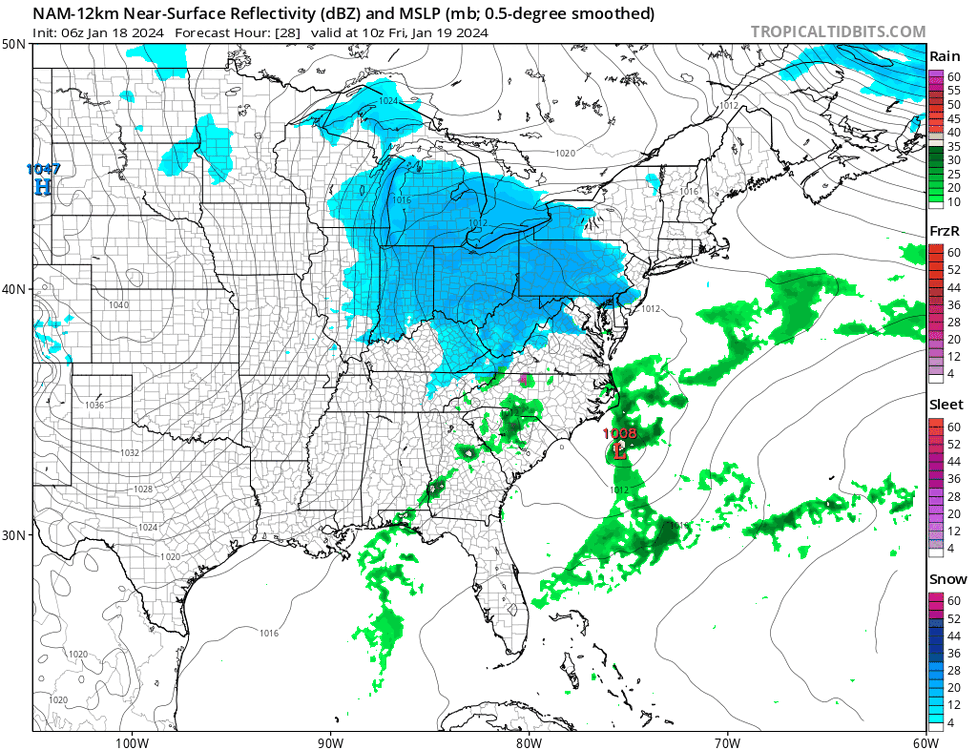-
Posts
191 -
Joined
-
Last visited
Content Type
Profiles
Blogs
Forums
American Weather
Media Demo
Store
Gallery
Everything posted by Alfoman
-
Absolutely agree - not blaming NOAA in the slightest, just saying I wish we did have some data coming in via recon at the moment. NOAA does the best they can given budget restraints and limited planes (plus the hazard like you said)
-
An absolute crime we don't have a plane in there right now - want to see the peak this gets to.
-
Want to relay an important caveat to all the early ensembles and models - the placement of the broad LLC will be critical in the GOM track. Regardless of whether it has a weak surface reflection at the moment, land interaction over Cuba and the mountains on the west side of the island will likely cause some re-structuring of the mid-level and low level circulation. The 12Z GFS has the broad vorticity elongated as it passes Western Cuba at 60 hours but has the LLC forming on the northern fringe of that vort - could easily see a shift by 100s of miles if that formation happens west of that spot. Anyone from LA to the FL coast should be on alert - once its go time, there's not much stopping immediate strengthening.
-
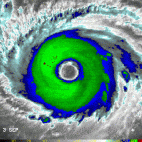
The Weekend Rule? Saturday 2/17 - The Icon Storm
Alfoman replied to DDweatherman's topic in Mid Atlantic
Not sure if we will hit below 33 until after the precip already moves out - will still be fun to watch the snow fall tonight. Just think the amp and shift north definitely made the already marginal temp situation for DC proper worse! I'll take my 1-2 and run though! -
I think the Euro evolution is our best shot to get our big (or larger) ticket storm but it is going to be a delicate solution to achieve. We really need that NS to drop down and begin the phase at the exact right moment for this to work and even if it does, the interior is favored in this kind of setup. Good news is we did see the SS dip deeper and a less noisy Eastern Canada allowing more cold air to filter in but Euro much more aggressive with that TPV lobe. Even with a +NAO in place, with all that energy rotating around in Canada, we could see a phased storm time itself correctly as long as we can get the STJ to actually produce a potent wave or two instead of that sheared flat shit it keeps throwing our way.
-

The Weekend Rule? Saturday 2/17 - The Icon Storm
Alfoman replied to DDweatherman's topic in Mid Atlantic
For once this season, we got the dreaded north + warmer trend within the final hours... Won't make the biggest difference in most places but DC-proper definitely forfeits their max potential due to temps during onset of precip and worse dynamics during the event. SAD. -

2024 Valentines Day Who the Hell Knows - Comeback Thread
Alfoman replied to DDweatherman's topic in Mid Atlantic
GFS slightly north of 12z and 18z position at 84 hours...this is not a winner in the slighest Hope Euro and the EPS tell a different picture and the GFS is not leading the way on this -

2024 Valentines Day Who the Hell Knows - Comeback Thread
Alfoman replied to DDweatherman's topic in Mid Atlantic
NS farther north at 72 hours, our shortwave more amped - less confluence, less cold air, lower surface pressure -

2024 Valentines Day Who the Hell Knows - Comeback Thread
Alfoman replied to DDweatherman's topic in Mid Atlantic
-

2024 Valentines Day Who the Hell Knows - Comeback Thread
Alfoman replied to DDweatherman's topic in Mid Atlantic
Surface low slightly more north and more amped through 72 hours Edit: We need this to slow down or our cold press continues to get worse moving into the window, GFS progressively speeding this up slightly each run -

2024 Valentines Day Rain/Snow/Who The Hell Knows Thread
Alfoman replied to WinterWxLuvr's topic in Mid Atlantic
This one seems out of reach yet we haven't played our ultimate trap card just yet.... Open a new thread -

2024 Valentines Day Rain/Snow/Who The Hell Knows Thread
Alfoman replied to WinterWxLuvr's topic in Mid Atlantic
Surface low just behind WV at Hour 108, definitely a tad bit faster than 12Z -

2024 Valentines Day Rain/Snow/Who The Hell Knows Thread
Alfoman replied to WinterWxLuvr's topic in Mid Atlantic
-

2024 Valentines Day Rain/Snow/Who The Hell Knows Thread
Alfoman replied to WinterWxLuvr's topic in Mid Atlantic
Last several storms we've looked at this winter, the GFS has trended towards increased wave separation in the medium range (3-5 days) and has lead the others in that regard - including the initial Jan storm (rain here) and I believe both of our small snowstorms mid-month. While not an ideal setup for us, I won't say its dead until we're inside 3 days -
Can't wait for us to track the end of February period and get a big storm on the models...only for most of us to miss it to the south or north after all the anticipation FRINGEEEEEEEEEDDDDD
-
If the last two weeks of February into the beginning of March verify as they are modeled at the moment - you couldn't say that the seasonals were completely off base. They're used as a guide to the longwave pattern progression, no one is using them to pinpoint exact week-by-week shifts. Being off by two weeks and then getting it right would be a crazy good win for the seasonals.
- 2,509 replies
-
- weenie fest or weenie roast?
- weenies got roasted
- (and 2 more)
-
Wall to wall cold and snow for a chosen two week period during the winter is just absolutely never a guarantee when you live in and around the MA region. Mod El-Nino or not, breaks and warm ups happen even in our greatest of years.
- 2,509 replies
-
- weenie fest or weenie roast?
- weenies got roasted
- (and 2 more)
-
On this note - interesting progression of the snow outputs on the GFS Ens the past few runs. While it is likely skewed by a few members that bomb out, nice to see a strengthening of the output along the MA coast
- 2,509 replies
-
- 1
-

-
- weenie fest or weenie roast?
- weenies got roasted
- (and 2 more)
-
While I understand this storm is holding on by its fingernails at this point in time, I find the model trends interesting the last 24 Hours. It seems as if there is a phase to be had but it happens well off-shore. How much more would the NS SW need to come westward for the interaction/phase to happen in time for us to benefit?
- 2,509 replies
-
- weenie fest or weenie roast?
- weenies got roasted
- (and 2 more)
-

Jan/Early Feb Medium/Long Range Discussion Part 3
Alfoman replied to WinterWxLuvr's topic in Mid Atlantic
-

Jan/Early Feb Medium/Long Range Discussion Part 3
Alfoman replied to WinterWxLuvr's topic in Mid Atlantic
This scenario is such a delicate balance. The separation with the lobe over NE Canada is what allows the ULL to strengthen and pull northward in the first place, however that also can serve as our cold air source if we can get the surface High over Quebec to stay in position and provide CAA towards CAD regions. Current evolution on the GFS is cold enough here as you can see the negative 850 mb temps being pulled into the DMV area as the low bombs off-shore but the lack of precip means there is no cooling at the surface which explains the surface temps in the mid/upper 30s. If the NS energy moves too far offshore, the cold air source is now gone and we are left with marginal temps at best. A phase would allow a bomb off the coast and the colder temps to be pulled in, but that scenario needs perfect timing for the phase... The players are all on the table though. -

Jan/Early Feb Medium/Long Range Discussion Part 3
Alfoman replied to WinterWxLuvr's topic in Mid Atlantic
You saw this with the beginning of January when the pattern began changing - the models had a 4-5 stretch with much lower verification scores as they tried to adjust and figure out the synoptic evolution progressing. -

Jan/Early Feb Medium/Long Range Discussion Part 3
Alfoman replied to WinterWxLuvr's topic in Mid Atlantic
You need a reliable mechanism to get sustainable cold air into the region that doesn't get pushed out by every cutter. Only way to beat that is an incredibly timed system that threads the needle coupled with a well placed 50/50 on its way out. Going to be difficult to escape our glorious cutters the next 10 days or so as we wait for that Pac Jet to clam down moving into early Feb. If you want snow in the area though, look out your window tonight -

Jan 19th Snow on Snow: the this always works until it doesn't thread
Alfoman replied to psuhoffman's topic in Mid Atlantic



